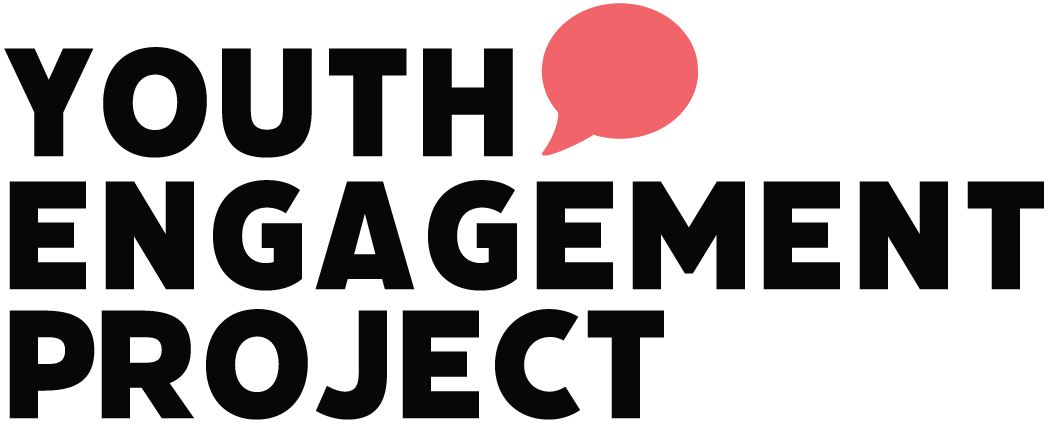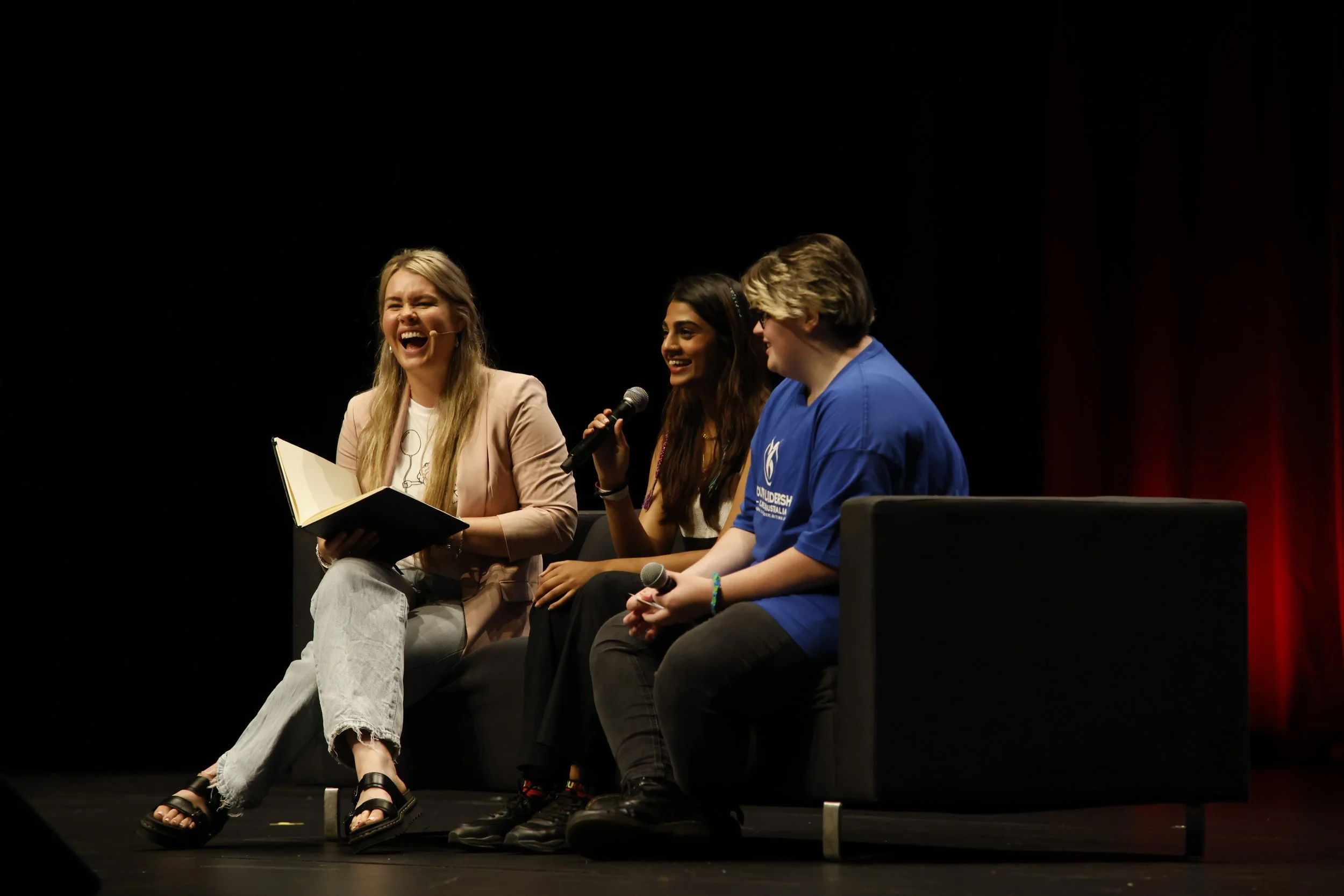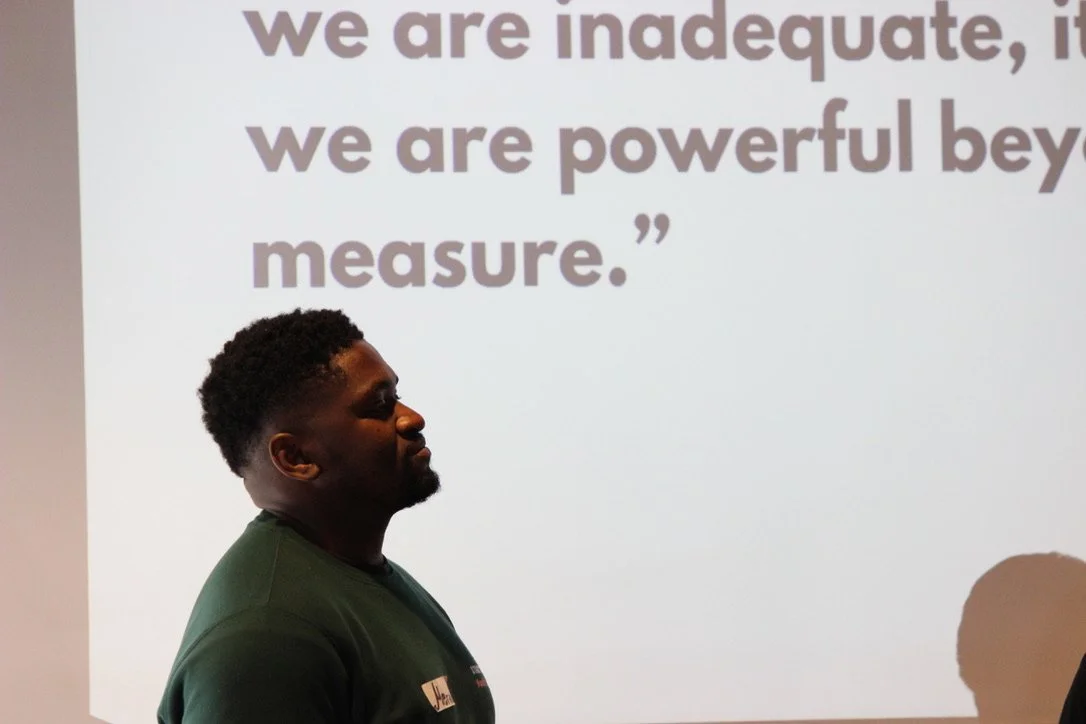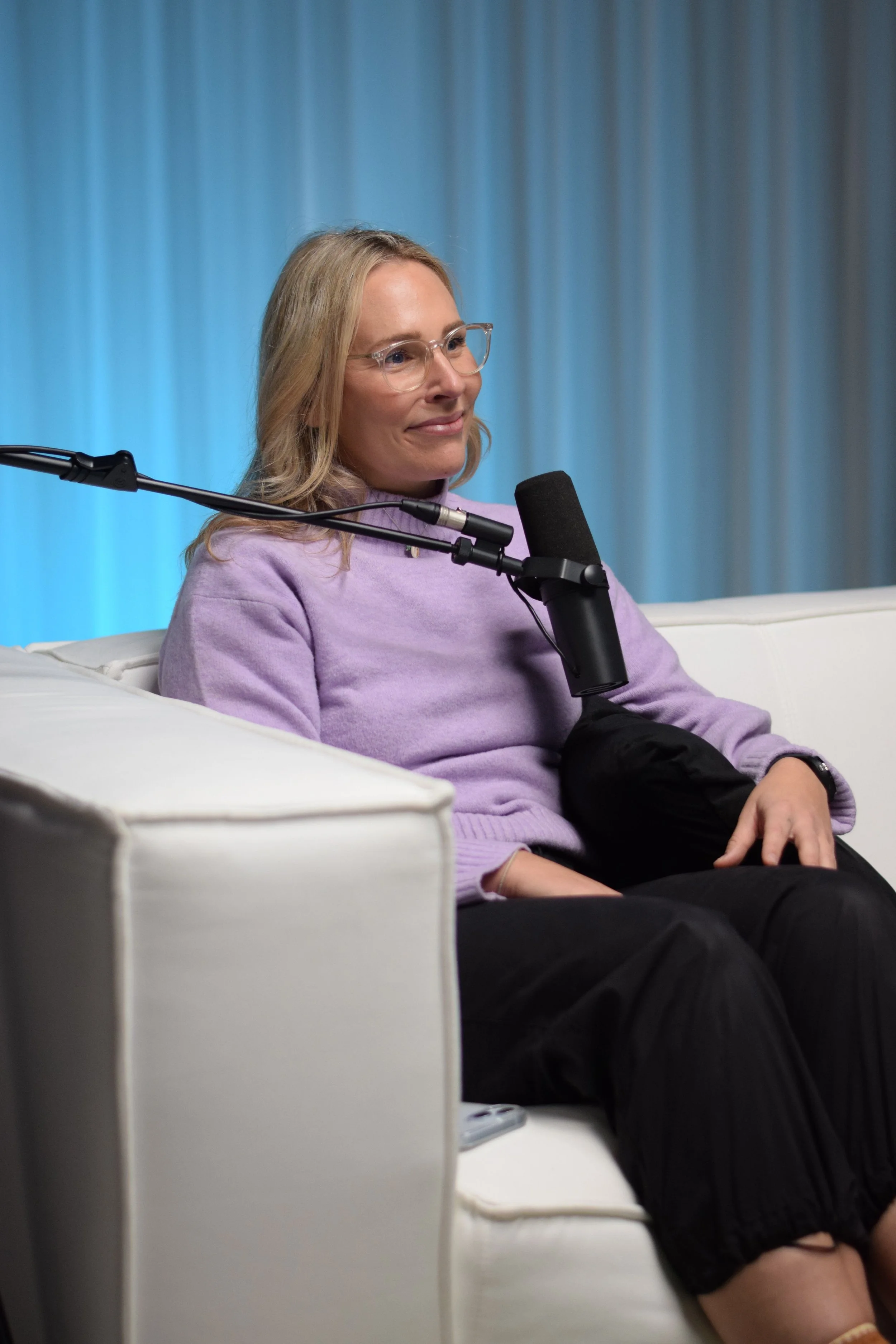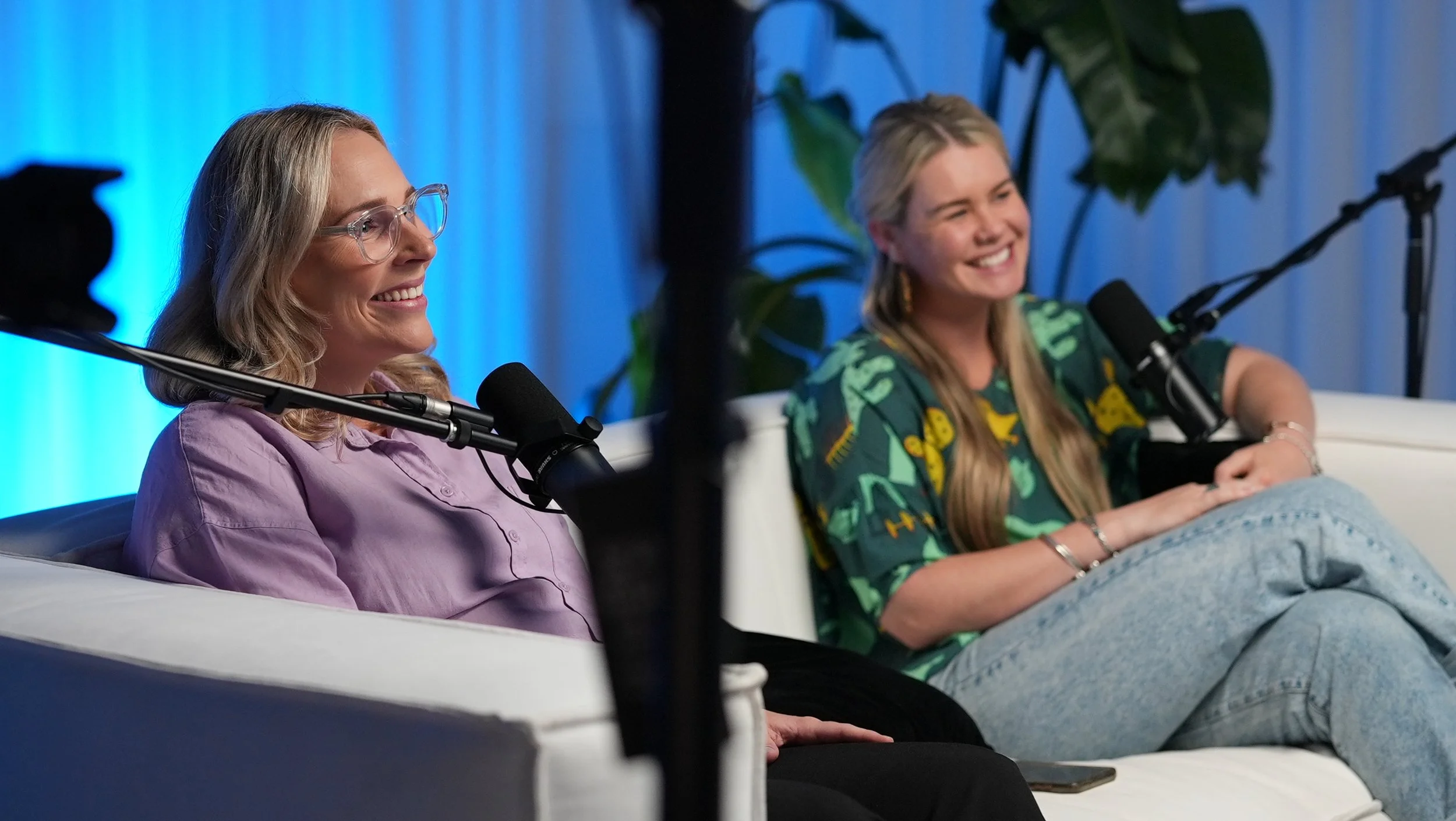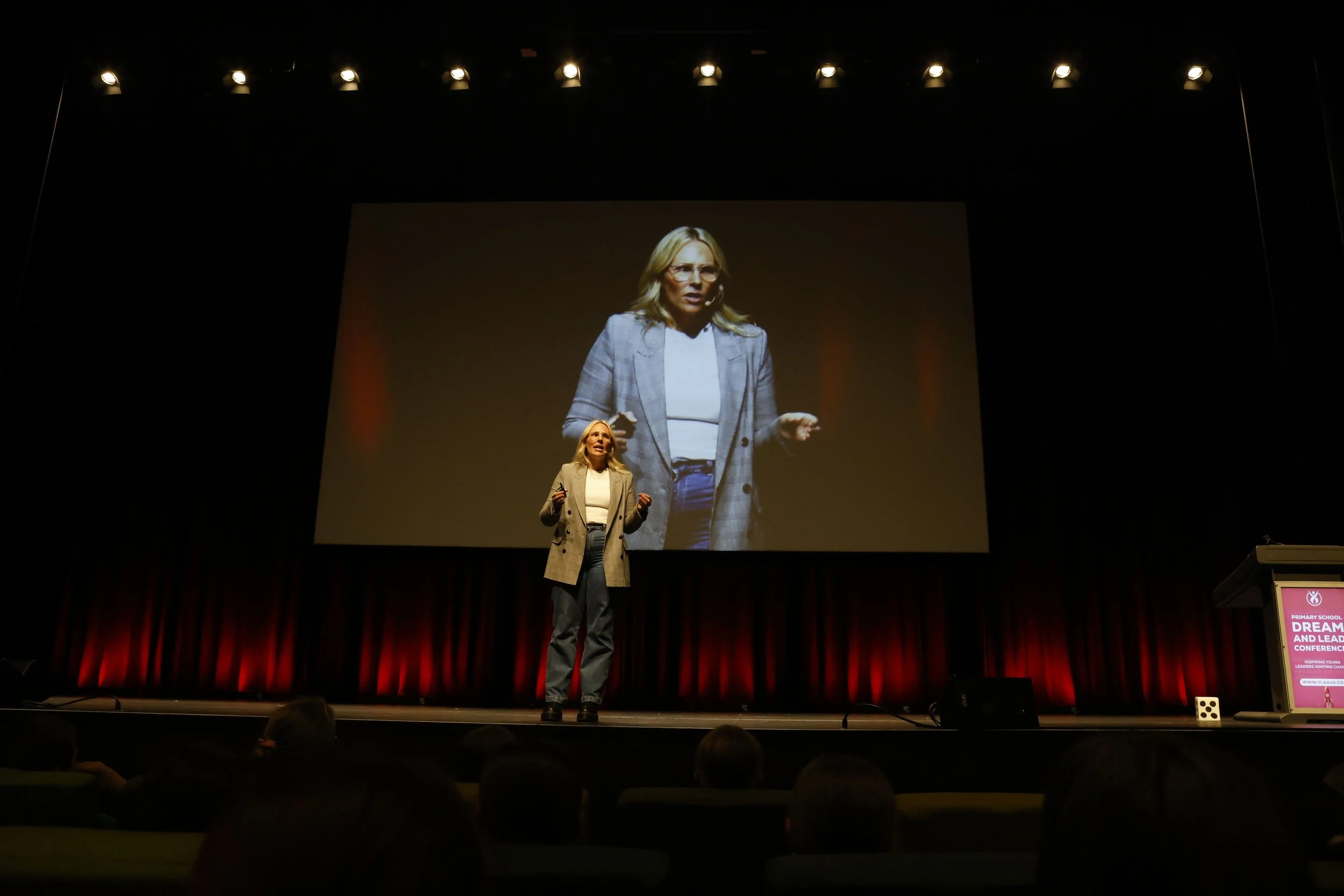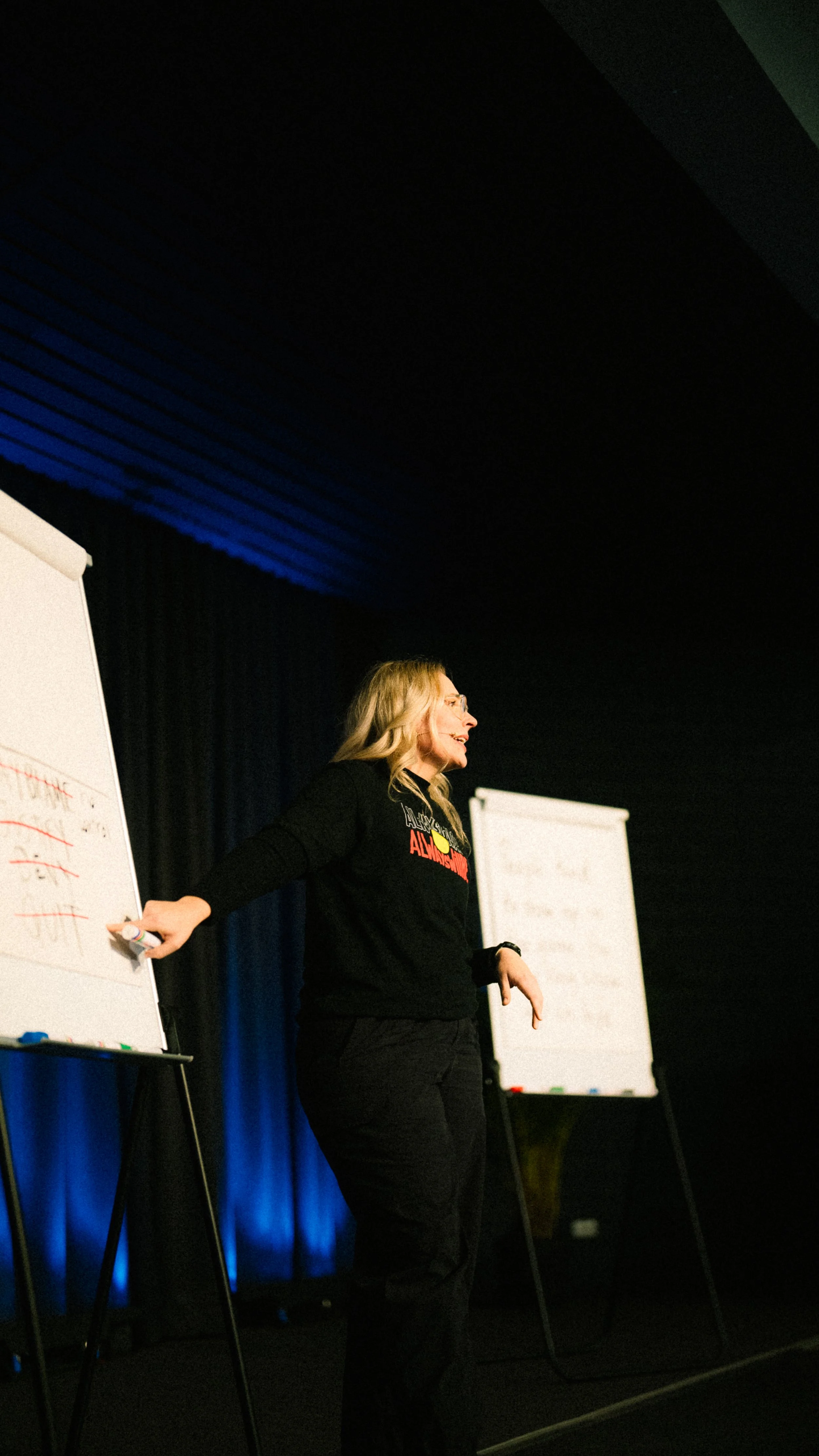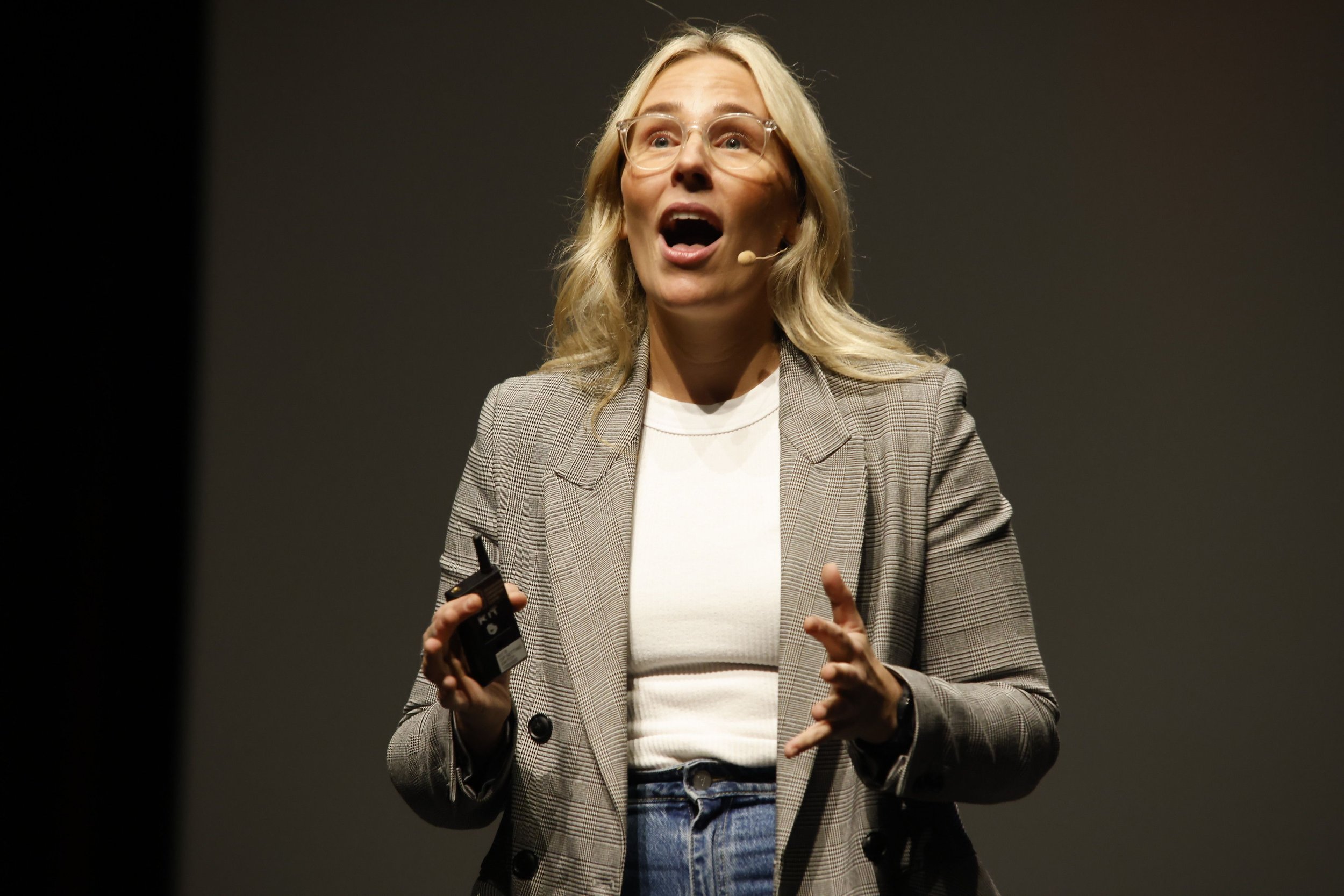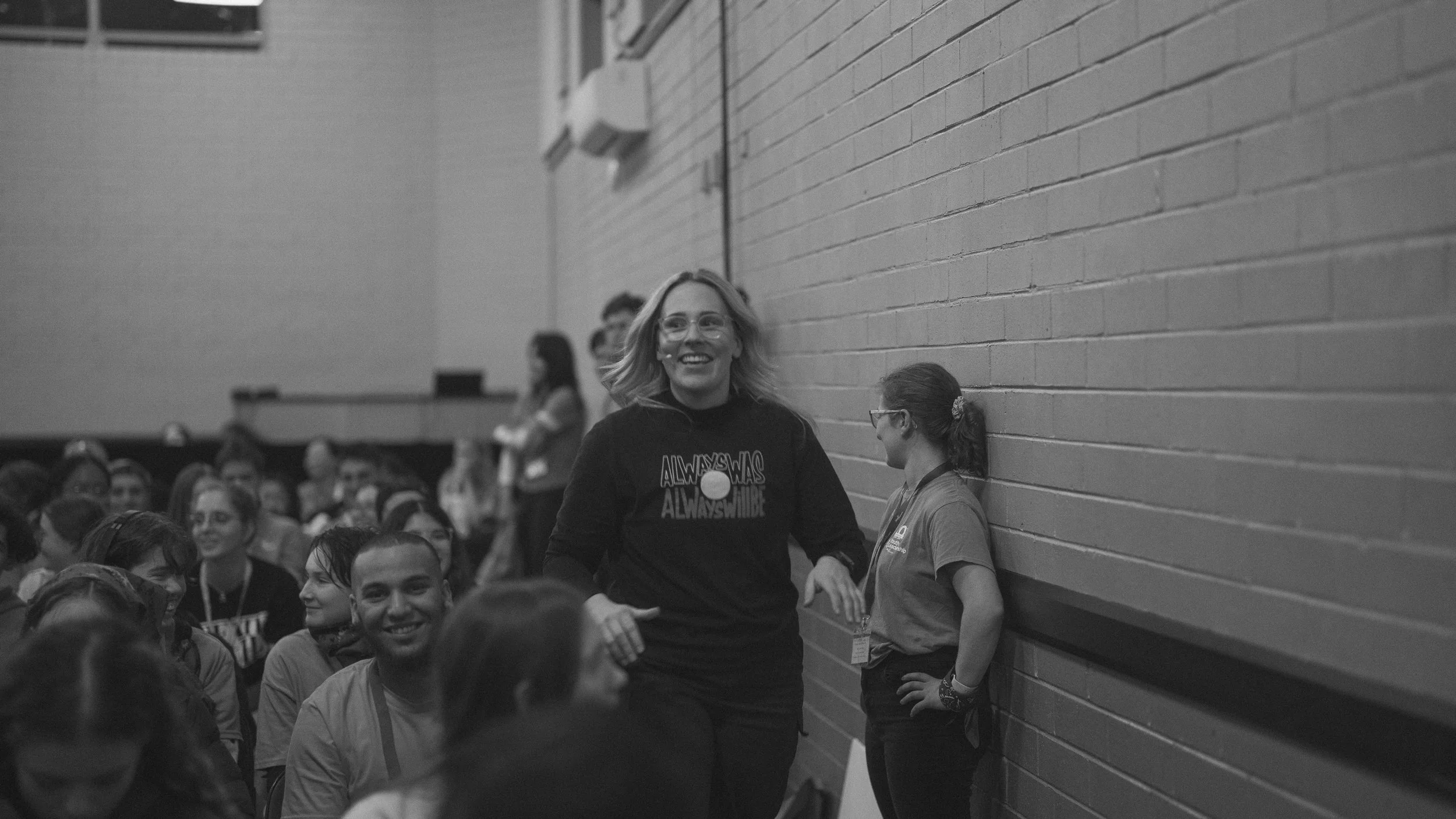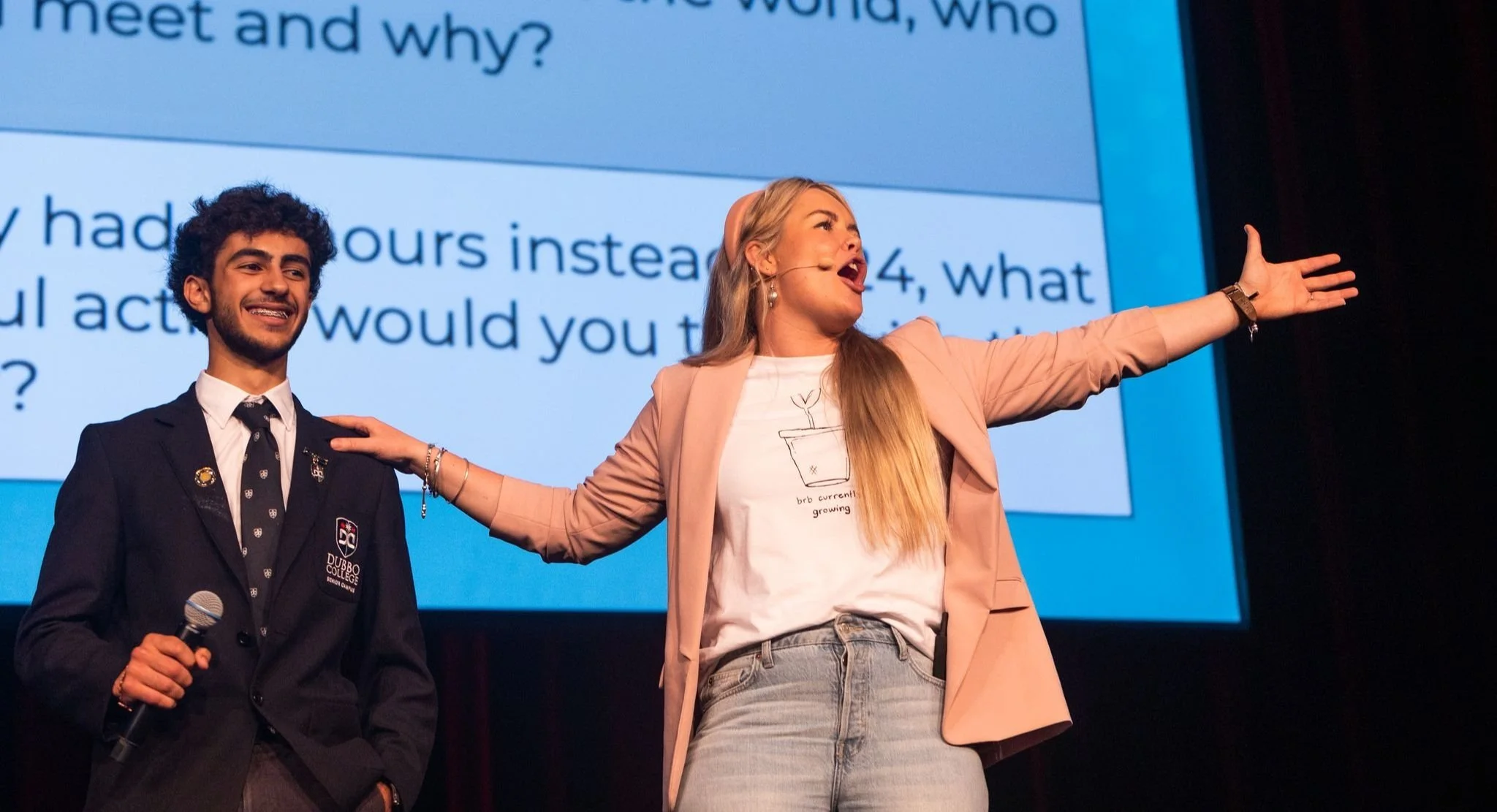Why Gen Z Isn’t Listening (And It’s Not Their Fault).
The teenager at the dinner table scrolling through their phone. The young employee who questions every process. The Year 11 student who shuts down when asked a direct question. The apprentice who seems disengaged during team meetings.
If you work with, teach, employ, or parent Gen Z, these scenarios probably feel familiar. And if you're like most adults navigating these interactions, you've probably asked yourself: "What am I doing wrong?"
Here's the uncomfortable truth: the communication approaches that worked with previous generations aren't landing with Gen Z. And the gap isn't closing, it's widening.
But this isn't about Gen Z being "difficult" or "too sensitive." It's about us using a communication playbook designed for a different era, with a generation navigating a fundamentally different world.
When Authenticity Becomes Oversharing: Finding the Line in Youth Work
"Just be yourself."
"Show up authentically."
"Let them see you're human."
If you've been in youth work, education, or any role working with young people for more than five minutes, you've heard this advice. And it's not wrong. Research consistently shows that authentic relationships are the foundation of effective youth engagement. Young people have finely tuned radar for inauthenticity - they can spot a phony from across the room.
But here's the question no one talks about: Where's the line?
Why 'Just Be Confident' is the Worst Public Speaking Advice (And What to Say Instead)
It's not that confidence doesn't matter. It's that telling someone to "be confident" is like telling someone who's drowning to "just swim better." It identifies the problem without providing any tools to solve it.
And for students already anxious about speaking in front of their peers? It can actually make things worse.
Let's unpack why this advice fails - and more importantly, what actually works.
Are young people actually worse at handling stress - or does it just seem like it?
Stress isn’t the villain - the story young people are writing about it is. As leaders, our tone, structure, and influence help young people read stress as a challenge, rather than a threat.
Why I Stopped Trying to Motivate Young People (And What I Do Instead)
When we stop seeing young people as empty vessels waiting to be filled with our motivation and start seeing them as capable humans with their own drives and dreams, we transform from motivational speakers into facilitators of their existing brilliance.
The young people in our classrooms, workshops, and communities don't need more motivation. They need more recognition of the motivation they already have.
Your Nervous System Walks Into the Room Before You Do
Before you even say “hi,” your posture, your energy, your facial expression, even the way you breathe - all of it is sending messages. And young people? They pick up on it. Fast.
Especially those who’ve had to learn (for survival, not drama) how to read the room before they speak. Whether it’s trauma, exclusion, or just too many adult spaces that didn’t feel safe, they’ve become experts in tuning into tone over text.
The Most Powerful Thing You Can Do as a Speaker? Listen.
That was the day I learnt a crucial lesson. The most powerful thing we can do as a speaker is to listen.
When we think about public speaking, we often picture someone standing at the front of a room, speaking with authority, clarity, and confidence. The spotlight is on them. The room is quiet. The speaker leads, and the audience listens.
But here’s what I’ve learned: the best communicators aren’t just good talkers. They’re exceptional listeners.
Children Won’t Learn If They Don’t Feel Liked
It can be so tempting to push through content in our classrooms and programs - especially when we so often don’t have a choice. The curriculum is full. Time is short. Expectations are high.
But the fact is…
Brains won’t learn if they don’t feel safe. And children won’t learn if they don’t feel liked.
This isn’t a feel-good philosophy. It’s evidence-based neuroscience.
“I Have a Dream” – 5 Timeless Techniques Every Speaker Should Steal from Martin Luther King Jnr
What makes a speech unforgettable? In this blog, we break down five powerful techniques from Dr. Martin Luther King Jr.’s iconic “I Have a Dream” speech - and show how students, educators, and everyday speakers can use them to speak with impact.
What is the Hidden Cost to Communication of Growing Up in a Tech-Driven World?
Young people are experts in digital communication - but many struggle with real-world conversations.
Explore the hidden costs of declining in-person communication and why it matters more than ever.
Why Do Public Speaking Skills Matter More Than Ever for Year 11 & 12 students?
Public speaking is more than a curriculum task - it's a life skill. Yet in a world of screens and text messages, many students enter Year 11 and 12 without the confidence to speak up.
Our 4C Framework changes that, equipping students with the courage, clarity, and connection they need to thrive.
The Top 3 Mistakes Facilitators Make When Presenting to Young People (And How to Avoid Them)
Speaking to young people isn't just about delivering content—it's about creating an experience. It’s about fostering curiosity, engagement, and emotional connection. Unfortunately, many speakers unknowingly sabotage their impact. Here are three common mistakes (and how to avoid them) so your next session doesn’t crash and burn.
Meeting Students Where They’re At: Building Real Connections and Creating Authentic Engagement
In one of our latest Podclass episodes, we dove deep into a concept that sits at the heart of effective education and youth engagement: meeting students where they’re at. This powerful approach isn’t just about physical presence but about connecting to each student's unique emotional and mental state.
School Culture Eats Strategy for Breakfast: Why Culture Shapes School Success
In the realm of education, a familiar adage rings true: “Culture eats strategy for breakfast.” This sentiment, attributed to Peter Drucker, has echoed through countless organisations, yet it holds particular weight in schools. As schools strive to implement policies, programs, and curricula, many overlook the silent but powerful force that drives—or derails—those efforts: school culture.
5 Keys to Effective Behaviour Management
We all want a positive learning environment where students feel seen, heard, valued - and connected to their learning journey.
And yet… so often, it seems like behaviour management challenges stand between us and that vision.
We’ve done some reflection and research, and developed our 5 Keys to Effective Behaviour Management. Drawing on firsthand experiences, this blog focuses on five areas that are not only game-changers, but sit in the preventative space.
How to navigate the ‘careers’ conversation with Gen Z
As educators, navigating career conversations with Gen Z can sometimes feel like hitting a wall. You ask, “What do you want to do?” or “What are you passionate about?” and get nothing but blank stares or a shrug. It’s a common challenge, especially when students are facing an uncertain and rapidly changing future.
Do Your Students Believe You're a Good Teacher? How to Build and Maintain Personal Credibility in the Classroom
The journey to building and maintaining credibility in the classroom isn’t about striving for perfection—it's about embracing who you are and bringing your true self into your teaching.
And yet, we often ask ourselves: “Am I a good teacher?”
Are You Challenging Your Students Too Much? How to Support (Not Thwart) Their Need for Competence
As educators, we strive to create environments where students feel confident, motivated, and eager to learn. Yet, finding the right balance when it comes to challenging our students can feel like a daunting task (I know it does for me!).
Preparing Students for the Future of Work
We live in a rapidly changing world. According to the Foundation for Young Australians, 70% of young people are entering jobs that will be radically affected by automation, with many jobs not yet having titles that we’d even recognise. Wow, right? This wasn’t on the radar when I was leaving high school, deciding on a career path, and pursuing the world of work.
Public Speaking Tips and Tricks Everyone Should Know
It’s common knowledge that 75% of the population fears public speaking.
Cue shaking knees, voice quivers, and did I mention the sweats? Yet, data shows us that 70% of people will be required to do some form of public speaking as part of their job.*
Public speaking is often perceived as a talent you're either born with or without. However, it's important to remember that anyone can develop this skill. We can all become engaging, confident speakers with the right guidance, practice, and a dash of confidence.
